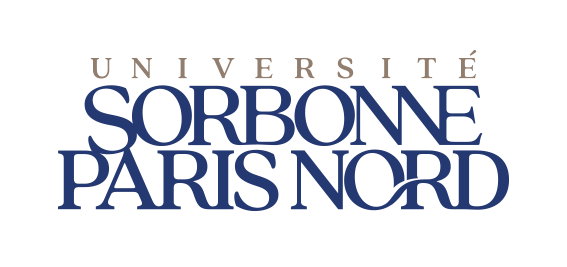CIM – Communication, information, médias
EA 1484, Université Sorbonne Nouvelle – Paris 3
Directrice : Marie-France Chambat-Houillon
www.univ-paris3.fr/cim

Thèmes de recherche :
Les travaux du CIM s’effectuent dans le cadre des sciences de l’information et de la communication (la 71e section du CNU) et dans d’autres disciplines (psychologie, sémiologie, philosophie, sociologie, pragmatique) qui élaborent des problématiques communicationnelles. Les approches transversales de l’information et de la communication sont favorisées, que cette communication soit media-centrée ou non. Histoire, éducation aux médias, identités, médias et vecteurs traditionnels’ et nouveaux’, actualité, représentations et réception, communication esthétique et langages de communication figurent parmi les mots-clefs qui balisent l’ensemble des activités des divers centres et sont au cœur des journées d’étude transversales qu’organise le CIM.
- – Théorie et réception des documents médiatiques
- – énonciation télévisuelle
- – genres et programmes télévisuels
- – programmation et identité des chaînes.
Les apports du CIM aux travaux du LabEx ICCA
Ils prendront pour base le triple constat des transformations importantes subies par la création audiovisuelle :
La question de la culture. Bien que l’obligation de diffuser des programmes culturels quotidiennement soit faite à France Télévision, le cahier des charges de ces chaînes ne précise pas ce qu’il faut entendre par « culture ». L’appartenance à une liste de genres répertoriés semble constituer une réponse (retransmissions de spectacles vivants ; émissions musicales ; magazines et documentaires de culture et connaissance ; événements culturels exceptionnels ; œuvres de fiction axées sur la découverte et la connaissance, notamment les adaptations littéraires, les biographies, les reconstitutions historiques…). La question reste néanmoins posée du partage entre le culturel et le non culturel.
La définition de l’œuvre. Depuis quelques années, le CSA a commencé, sous l’impulsion des acteurs économiques du secteur, à faire bouger les limites de la définition de l’œuvre télévisuelle afin de la rendre plus globalisante et conforme à la nomenclature européenne. Néanmoins, l’œuvre n’est définie qu’à contrario et ne se fonde pas sur des critères esthétiques. Si les enjeux économiques et juridiques sont indissociables des œuvres elles-mêmes, ils ne doivent aucunement empêcher d’analyser les évolutions de leurs caractéristiques intrinsèques.
Les mutations technologiques. Nouveaux canaux de diffusion de la télévision : téléphones portables, internet…L’émergence des chaînes dédiées aux téléphones mobiles conduit à se demander quelles conséquences esthétiques va entraîner sur la production ce changement de taille de l’écran : quelle place aura l’image « amateur » dans les nouveaux dispositifs ? Quelles incidences va avoir la taille de l’écran sur la rhétorique. Cette question se pose d’autant plus qu’au moment où la mobilité devient une tendance « lourde » de la réception des images, les écrans « sédentaires », ceux de nos foyers, s’agrandissent inexorablement. Peut-on envisager une création qui alimente aussi bien les usages issus de la mobilité que ceux, traditionnels, développés à domicile ?


